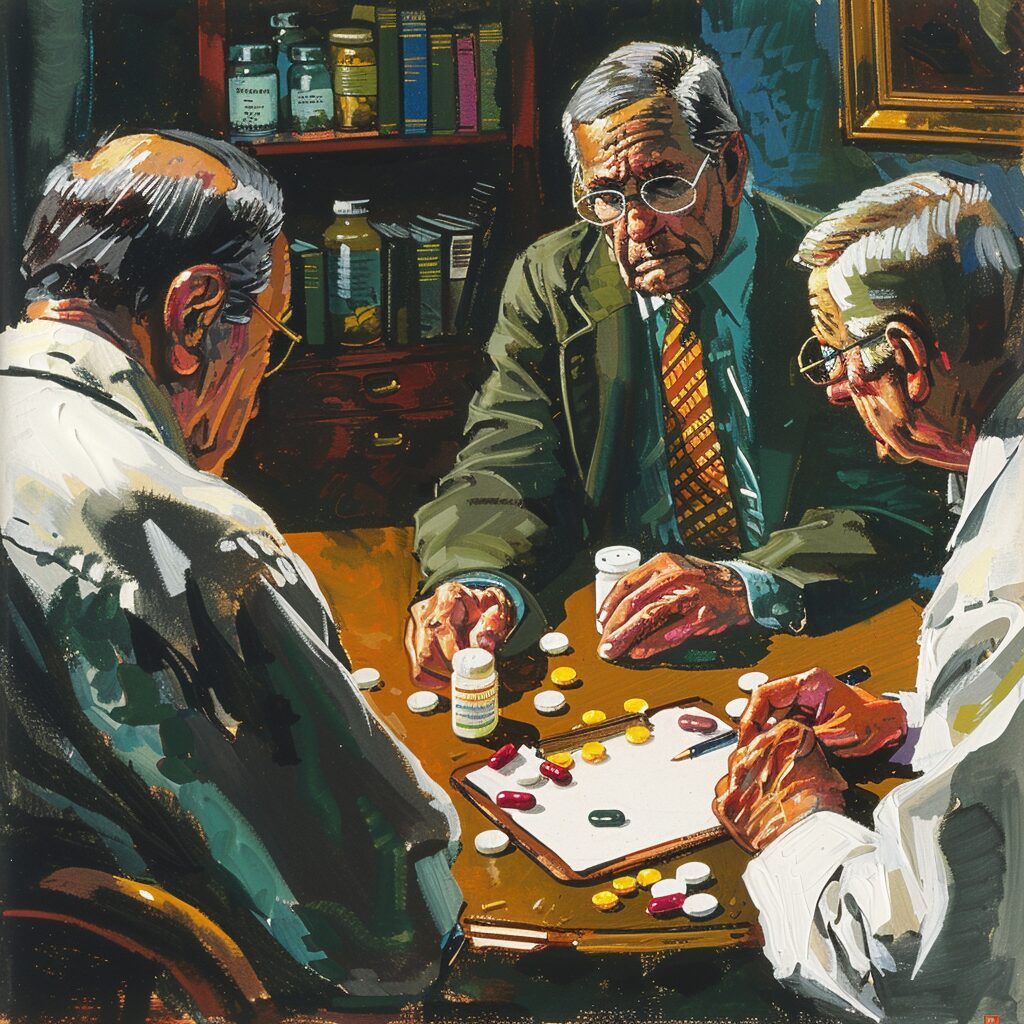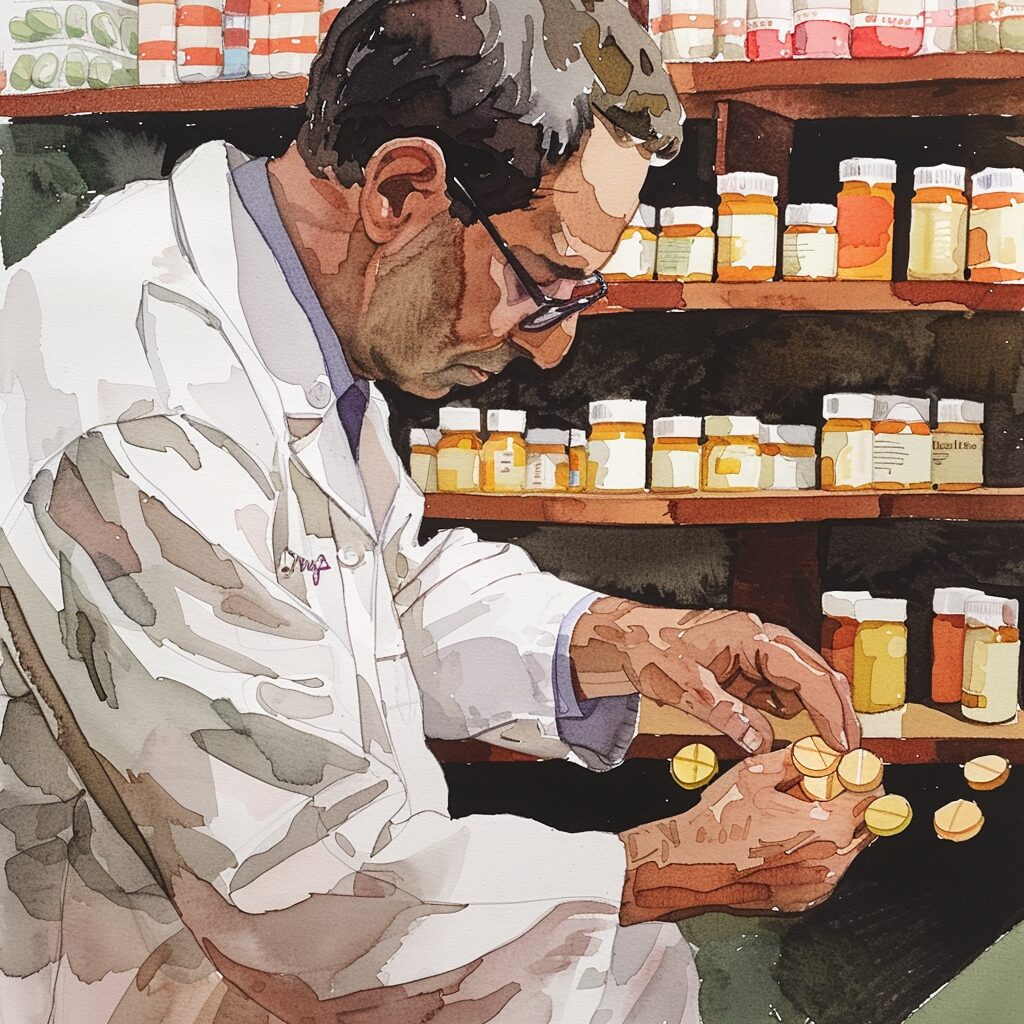Key takeaways:
- Detox is a personalized process based on factors such as the intensity of addiction, the type of substance, and co-occurring disorders.
- Detox involves drug or alcohol withdrawal under medical supervision, with steps including evaluation, stabilization, tapering, and release.
- Different substances have distinct withdrawal symptoms and treatment approaches:
- Alcohol withdrawal can include severe symptoms like delirium tremens, which can be treated with benzodiazepines, barbiturates, and antipsychotics.
- Opiate withdrawal is uncomfortable but not life-threatening and can be treated with medications like naltrexone and buprenorphine.
- Stimulant withdrawal is generally not life-threatening and may involve symptoms like lack of energy, anxiety, and psychosis.
- Benzodiazepine withdrawal can resemble serious psychiatric conditions and may be treated with anticonvulsants and GABA receptor antagonists.
- Marijuana withdrawal results in mood and behavioral symptoms that typically resolve within four weeks of abstinence, with no FDA-approved medications for treatment.
- The decision to detox should consider factors like the type of drug, intensity of use, and projected severity of withdrawal symptoms, and medical professionals can help guide this decision.
- Lantana Recovery offers a premier rehabilitation program, but not detox; however, they can work with medical teams to facilitate a seamless transition from detox to their Empowerment Program.
The decision to detox is highly personalized, based on various factors, including but not limited to the intensity of the addiction, the type of substance, and the existence of co-occurring disorders. Lantana Recovery does not offer a detox program. However, we do offer one of the premier rehabilitation programs in the south.
What is a detox?
Detox is the process of drug or alcohol withdrawal that occurs under medical supervision. The first step is evaluation. This is when medical professionals determine the substances in an individual’s body. They will do an intake with a full medical workup. Medical professionals will examine the individual’s medical history, including physical and mental health, to understand the best route to take.
The second step is stabilization. During the stabilization process, an individual will receive talk therapy as well as medications to make the withdrawal process more comfortable. This can include IV hydration as well as prescription and non-prescription medications. During this process, the medical team will actively monitor vital signs, including temperature, heart rate, oxygenation, and respiratory rate.
The third step is the tapering of withdrawal medications or substances. During this step, any substances being used to make the individual more comfortable will be tapered slowly, and medical monitoring will continue. The final step is release. At the time of release, most individuals will proceed to rehabilitation.
Types of Withdrawal
Withdrawal will look different based on the substance an individual has been using. The following are commonly abused substances and their withdrawal process.
Alcohol Withdrawal
Alcohol withdrawal symptoms usually appear when an individual discontinues or reduces alcohol intake after a period of prolonged consumption. Symptoms of alcohol withdrawal can include:
- Sweating
- Increased heart rate
- Tremors
- Confusion
- Seizures
- Hallucinations
The discontinuation of alcohol results in the reduction of the suppressing impact of GABA neurotransmitters on the central nervous system, and an increase in the activity of glutamate, resulting in significant excitatory action. These effects can result in sympathetic overdrive, manifesting in agitation, tremors, or cardiac overactivity. This can result in one of the most severe withdrawal effects, which is called delirium tremens (DTs).
DTs exhibit more severe forms of common withdrawal effects. These include agitation, aggression, vomiting, trembling, hallucinations, and tremors. DTs can be fatal. However, they can be treated with a combination of benzodiazepines, barbiturates, and antipsychotics.
Opiate Withdrawal
“Opioids are a group of drugs used to manage severe pain and include morphine, heroin, oxycontin, codeine, methadone, and hydromorphone. Opioids are sometimes misused, as they can assist with mental relaxation and pain relief and can produce a sense of euphoria” (Opioid Withdrawal, Shah & Huecker, 2023.) Symptoms of opiate withdrawal can include:
- Agitation
- Anxiety
- Muscle aches
- Dilated pupils
- Abdominal cramping
- Goosebumps
- Vomiting.
While uncomfortable, the symptoms of opiate withdrawal are not life-threatening.
When opiates are ingested, they inhibit the enzyme that converts adenosine triphosphate (ATP) into cyclic adenosine monophosphate (cAMP), which in turn results in less noradrenaline (NA). The release of NA is triggered by cAMP. Repeated exposure to opiates results in an increase of ATP in an effort to offset the impact of the drug and maintain normal body function.
This also causes a tolerance to the effects of opiates. When withdrawal occurs, the inhibitory effect of the opiate is removed, and the result is abnormally high levels of ATP which results in excessive release of NA. This causes withdrawal symptoms.
Treatment of opiate withdrawal includes the following:
- Naltrexone: Hinders the effects of opiates, resulting in an inability to feel pleasure from them by blocking opiate receptors. Naltrexone can be injected in a long-acting form, which results in fewer issues with compliance.
- Buprenorphine: At low doses, buprenorphine acts as an opioid partial agonist. At high doses, its effects resemble those of naltrexone, blocking the opiate high. Like naltrexone, buprenorphine is available in an injectable, extended-release form.
- Naloxone: Naloxone is intended for individuals who have acutely overdosed on opioids. It attaches to opioid receptors and blocks the effects of external opioid drugs that have been ingested. Naloxone is available via intranasal spray and subcutaneous injection.
Lantana Recovery offers Vivitrol (naltrexone for extended-release injectable suspension), Suboxone (buprenorphine and naloxone), and Sublocade (buprenorphine extended-release injection). The administration of medication-assisted treatment (MAT) modalities is highly individualized and managed under the supervision of experienced medical professionals.
Stimulant Withdrawal
Stimulant withdrawal, while uncomfortable, is typically not life-threatening. Symptoms can include:
- Lack of energy
- Anxiety
- Dysphoria
- Anhedonia
- Insomnia
- Hypersomnia
- Psychosis
Acute withdrawal symptoms generally last seven to ten days. Protracted withdrawal symptoms can last an additional two to three weeks. Depression is common during this stage. There are currently no FDA-approved therapies for stimulant use disorder. Treatment involves careful observation by medical professionals.
Benzodiazepine Withdrawal
Severe cases of benzodiazepine withdrawal resemble serious psychiatric conditions, including schizophrenia, depression, panic, anxiety, and seizures. Benzodiazepines intensify the action of gamma-aminobutyric acid (GABA). Long-term use of benzodiazepines causes a reduction in GABAergic response, which in turn results in increased glutamate activity.
When the benzodiazepines are removed, their suppressing effect is abated, and the increased glutamate activity continues, resulting in withdrawal effects. Treatment can include prescription anticonvulsants, such as Curatil (carbamazepine). Romazicon (flumazenil), a GABA receptor antagonist, has been shown to be effective in cases of benzodiazepine overdose.
Marijuana Withdrawal
Marijuana withdrawal results in mood and behavioral symptoms that typically resolve within four weeks of abstinence. The severity of the withdrawal symptoms depends on various factors, including the amount of marijuana used prior to cessation, gender, genetics, and other environmental characteristics.
Consistent marijuana use causes an overactivation of cannabinoid one (CB1) receptors which results in receptor down-regulation. Both over-activation and down-regulation can have significant negative psychiatric effects. There are no FDA-approved medications to treat marijuana withdrawal.
Making the Decision
In making the decision to detox, a variety of factors should be considered. These include the type of drug one is looking the abstain from, the intensity of use, and the projected severity of the withdrawal symptoms. For instance, a significant number of alcoholics do not respond to detoxification as a step on the way to rehabilitation. Medical professionals can guide this decision, including the members of the team at Lantana Recovery.
Bottom Line
Regardless of the magnitude of an addiction, Lantana Recovery offers one of the best programs for building a new life in the wake of drug or alcohol dependence. If detox is the best option for overcoming addiction, Lantana can work with your medical team to ensure a seamless transition from detox withdrawal into the Empowerment Program.
Withdrawal is hard. However, detox is necessary in severe cases of drug or alcohol addiction or dependence. Detox provides a medically supervised environment to monitor the physiological effects of abstinence from substances. Detox typically involves four steps: intake, stabilization, tapering, and release. Lantana Recovery has a medical team that understands all of the phases of detox and is ready to work with you and your detox program to facilitate a transition into our recovery program. Lantana Recovery understands that detox is the first step on a long journey.







